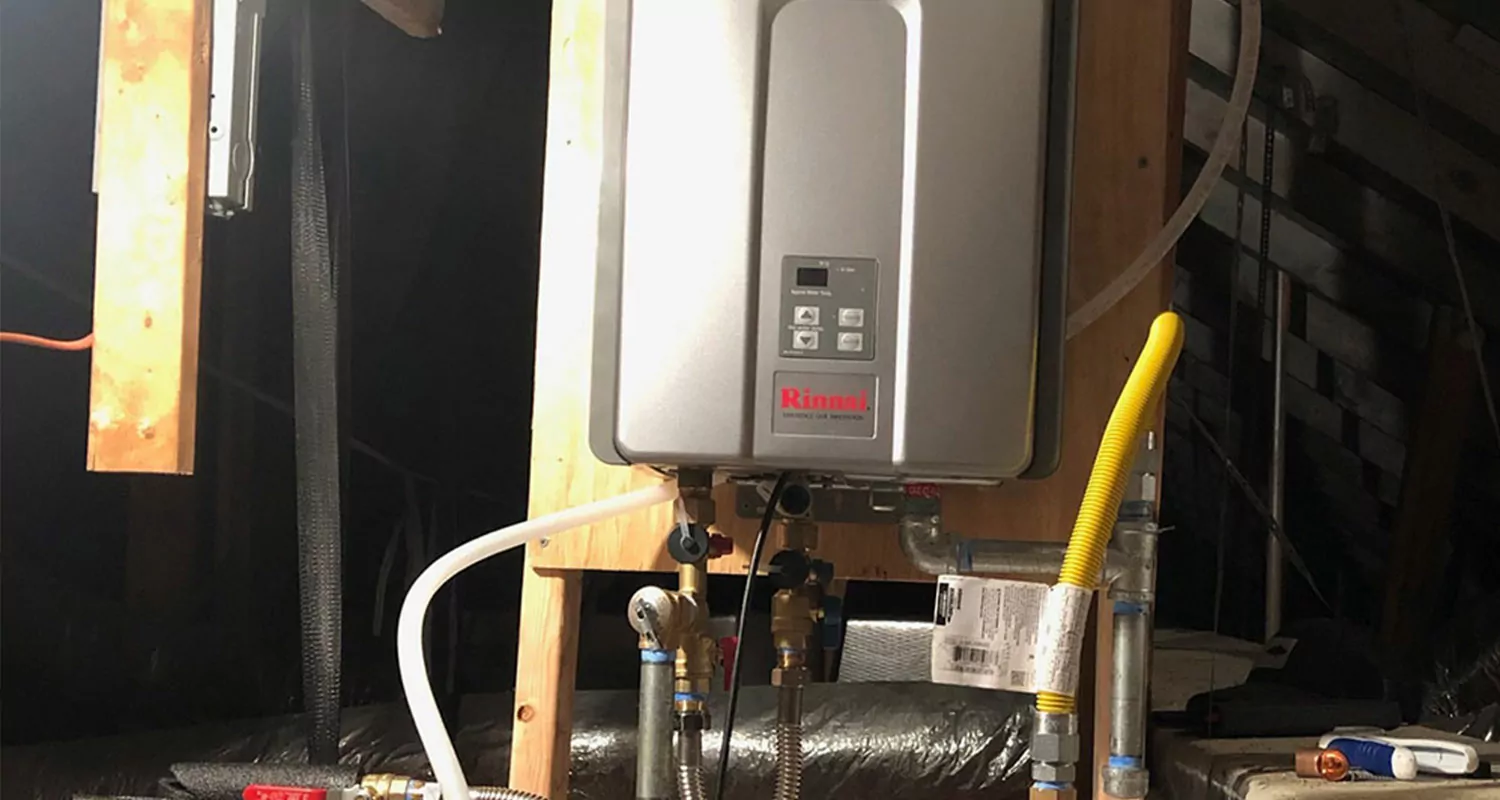Steps on How to Care for Your Home's Hot Water System Effectively
Steps on How to Care for Your Home's Hot Water System Effectively
Blog Article
This great article down the page on the subject of Tips on Maintaining a Water Heater is truly stimulating. Check it out for your own benefit and decide what you think of it.

Warm water is essential for everyday convenience, whether it's for a rejuvenating shower or cleaning dishes. To guarantee your warm water system runs efficiently and lasts longer, normal maintenance is crucial. This write-up offers sensible tips and insights on just how to maintain your home's hot water system to stay clear of disruptions and expensive repair services.
Introduction
Keeping your home's hot water system may appear challenging, however with a couple of simple steps, you can guarantee it operates efficiently for years to come. This guide covers whatever from comprehending your hot water system to DIY upkeep ideas and knowing when to call in specialist aid.
Importance of Preserving Your Warm Water System
Normal upkeep not just extends the lifespan of your hot water system however additionally guarantees it runs efficiently. Neglecting maintenance can result in reduced performance, greater power costs, and also early failing of the system.
Indicators Your Warm Water System Demands Upkeep
Recognizing when your hot water system needs focus can prevent major concerns. Keep an eye out for indicators such as irregular water temperature level, weird sounds from the heating system, or corroded water.
Flushing the Water Heater
Flushing your water heater removes debris build-up, boosting performance and extending its life.
Checking and Replacing Anode Rods
Anode rods prevent deterioration inside the container. Evaluating and changing them when worn out is essential.
Complex Issues Calling For Specialist Assistance
Examples include significant leakages, electrical problems, or if your hot water heater is constantly underperforming.
Routine Professional Upkeep Conveniences
Expert maintenance can consist of detailed assessments, tune-ups, and guaranteeing compliance with safety and security requirements.
Inspecting and Adjusting Temperature Level Settings
Adjusting the temperature level settings ensures optimum performance and safety and security.
Do It Yourself Tips for Maintenance
You can execute a number of maintenance jobs yourself to maintain your hot water system in leading problem.
Checking for Leakages
Frequently inspect pipelines and connections for leakages, as these can lead to water damages and higher costs.
Comprehending Your Warm Water System
Prior to diving into upkeep tasks, it's helpful to understand the fundamental components of your warm water system. Usually, this consists of the water heater itself, pipes, anode poles, and temperature controls.
Monthly Upkeep Tasks
Routine month-to-month checks can assist capture minor concerns before they intensify.
Testing Pressure Alleviation Valves
Evaluating the stress relief valve guarantees it functions properly and protects against extreme stress buildup.
Protecting Pipelines
Protecting warm water pipes minimizes warmth loss and can save energy.
When to Call a Specialist
While DIY upkeep is useful, some concerns require expert expertise.
Final thought
Normal maintenance of your home's hot water system is necessary for efficiency, durability, and expense financial savings. By following these ideas and recognizing when to seek expert aid, you can ensure a reputable supply of hot water without unanticipated disruptions.
How to Maintain an Instant Hot Water Heater
Before tinkering with your hot water heater, make sure that it’s not powered on. You also have to turn off the main circuit breaker and shut off the main gas line to prevent accidents. Also turn off the water valves connected to your unit to prevent water from flowing into and out of the appliance. 2. When you’re done, you have to detach the purge valves’ caps. These look like the letter “T†and are situated on either side of the water valves. Doing so will release any pressure that has accumulated inside the valves while at the same time avoid hot water from shooting out and burning your skin. 3. When the purge valves’ caps are removed, you have to connect your hosing lines to the valves. Your unit should have come with three hoses but if it didn’t, you can purchase these things from any hardware or home repair shops. You can also get them from retail stores that sell water heating systems. Read the user’s manual and follow it to complete this task properly. When the hosing lines are connected, open the purge port’s valves. 4. You should never use harsh chemical cleaners or solutions when cleaning your unit. Make use of white vinegar instead. It should be undiluted and you’ll probably use about 2 gallons. 5. Now flush your water heater. This task should probably take about 40 minutes. We can’t give you specific directions for this because the procedure is carried out depending on the type, model and brand of your heater. With that being said, refer to the user’s manual. 6. When you’re done draining the unit, you have to turn off the purge port valves again. Remove the hosing lines that you earlier installed on each of the water valves. Put the valve caps (purge port) back in their respective places and be very careful so as not to damage the rubber discs that are found inside these caps. 7. Now that everything’s back in place, check your user’s manual again to find out how to reactivate your water heating system. 8. Once it is working, turn one of your hot water faucets on just to let air pass through the heater’s water supply pipes. Leave the tap on until water flows smoothly out of it. https://www.orrplumbing.com/blog/2014/september/how-to-maintain-an-instant-hot-water-heater/

We were introduced to that editorial on Tips on Maintaining a Water Heater through a friend on our other blog. So long as you enjoyed reading our blog post if you please do not forget to share it. I truly appreciate your readership.
Click For More Info Report this page